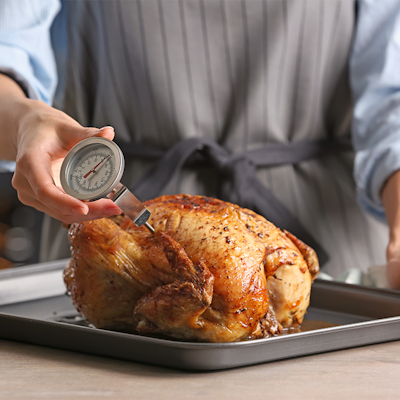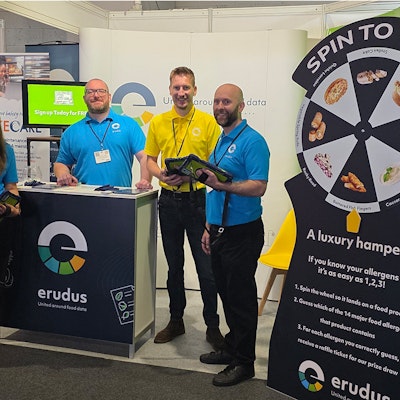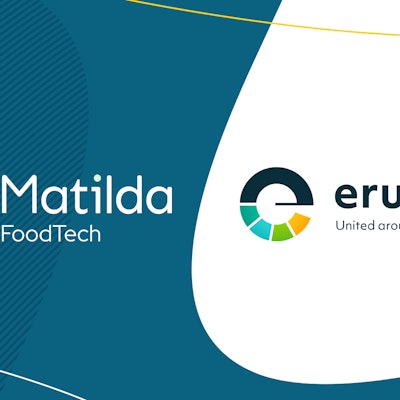Erudus… showcases Best Aquaculture Practices (BAP) Certification
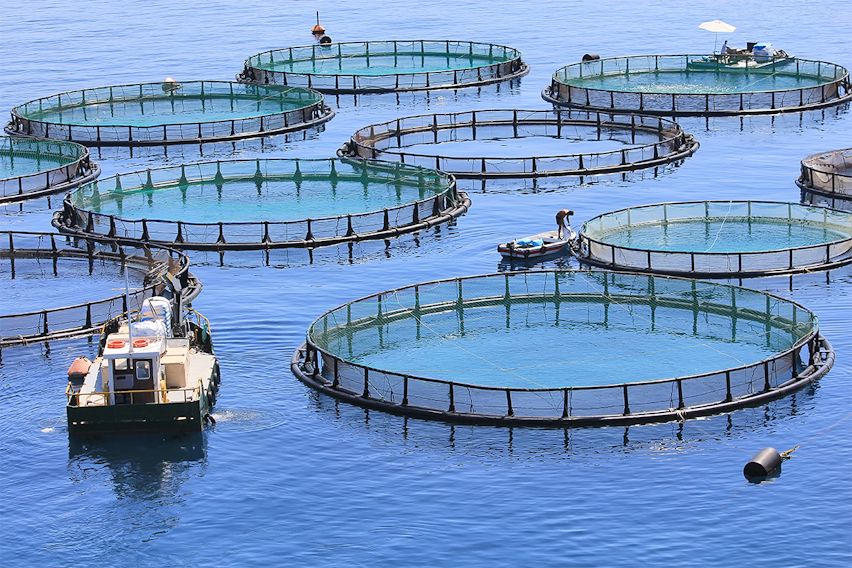
Erudus isn’t just a data platform - it’s an enriched data platform, with over 200 specifications for each product.
One of these attributes is certifications, so users can see which industry certifications a product holds. And in this series we explore the range of certifications you can add to an Erudus product specification, and what they mean.
So far we’ve covered
- BRCGS
- Red Tractor
- British Lion
- SALSA
- RSPCA Assured
- MSC (Marine Stewardship Council) Certified
- Fairtrade
- Quality Meat Scotland
- LEAF Certification
- Farm Assured Welsh Livestock Certification
- ISO 14001 Certification
- Food for Life Supplier Scheme Certification
- Rainforest Alliance Certification
- Roundtable of Sustainable Palm Oil (RSPO) Certification
- Northern Ireland Beef & Lamb Farm Quality Assurance Scheme Certification
This time the spotlight is on Best Aquaculture Practices (BAP) Certification...
What is Best Aquaculture Practices (BAP) Certification?
Best Aquatic Practices (also known as BAP) an aquaculture certification program, and the only one of its kind that certifies every step of the production chain.
BAP is part of The Global Seafood Alliance (GSA) and as such, offers both certification and membership, the former via a third–party seafood-specific certification programme that ensures safe, responsible and ethical aquaculture.
Certification requires environmental and social sustainability, as well as well as food safety and animal health and welfare at every step of the aquaculture production chain.
What is The Global Seafood Alliance?
The Global Seafood Alliance is an international, nonprofit trade association. It promotes education, advocacy and third-party assurances with the aim of advancing responsible seafood practices.
Why was Best Aquaculture Practices (BAP) Certification introduced?
BAP Certification was introduced in 2002, after it became clear that wild fisheries were reaching their harvest capacity and the world was in critical need of a more sustainable approach to feeding its population. Best Aquaculture Practices were established to help achieve this, and so that seafood is protected for future generations.
What is the aim of Best Aquaculture Practices (BAP) Certification?
Best Aquaculture Practices aims to create a “a world that embraces and enables the role of responsible seafood in meeting global nutrition needs.”
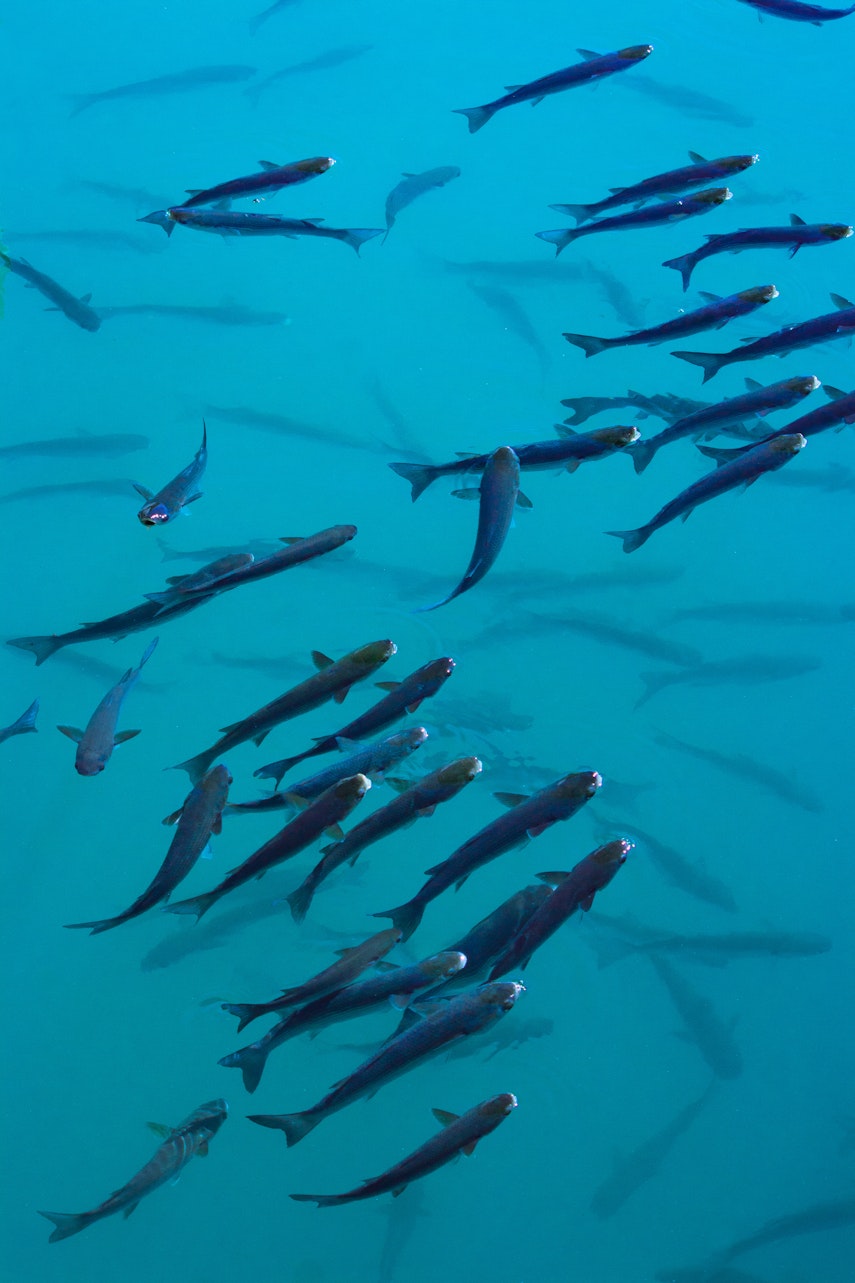
What is the Best Aquaculture Practices (BAP) Certification mark?
The British Aquaculture Practices logo can be used on seafood products that are BAP certified, and has been specifically designed to both reflect the organisation's aims and relationships, and to work on many different labels and types of packaging.
Here are some of the notable details:
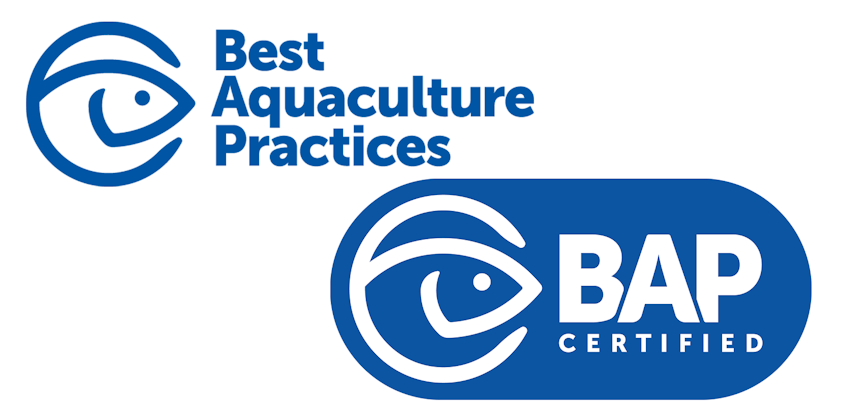
- The logo includes a moving-forward fish, which points to the name “Best Aquaculture Practices” and demonstrates that the organisation is constantly moving forward.
- The fish includes a subtle “check” to signify a third-party auditing process.
- The logo can also be seen as containing an eye, to show the attention to detail undertaken during certification (and also BAP’s eye on the future).
- The mark also comes in an acronym version - more streamlined but still clearly visible and recognisable.
More information on the BAP logo, including requirements and guidelines for use can be found here.
Who do Best Aquaculture Practices (BAP) Certification work with?
Best Aquaculture Practices works with businesses at every step of the seafood supply chain - such as farms hatcheries, feed mills, and processing plants (both processors and re-processors), and all of its partners are “committed to sourcing responsibly produced seafood in a way that addresses food safety, environmental responsibility, social accountability, and animal welfare.
Currently, the BAP programme is also endorsed by over 150 retails foodservice operators globally, who pass on this education to their customers.
Best Aquaculture Practices created their BAP Vanguard initiative to highlight the BAP certified producers that lead the way in incorporating best practices and innovation into the businesses. BAP Vanguard participants are seen as leaders in the aquaculture industry.
You can find out more here.
What are Best Aquaculture Practices (BAP) Certification standards?
Best Aquaculture Practices Certification encompasses the entire production chain, including the processing plant, farm, hatchery and feed mill.
As such there are many different and specific standards, but all are underpinned by the same 5 pillars:
- Environmental Responsibility - covering issues such as habitat conservation, water quality and effluent management.
- Animal Health & Welfare - best practices in animal husbandry and addressing such issues as disease control.
- Food Safety - The prohibition of banned antibiotics or other chemicals, and the use of only
- approved chemical treatments carried out in a responsible manner.
- Social Accountability - covering best practices in human rights, labour laws, and employee health and safety.
- Traceability - the employment of BAP’s chain-of-custody traceability process.
The standards go into detail on subjects such as effluent Management Requirements, third-party laboratory sampling and testing verification requirements, and can be found here.
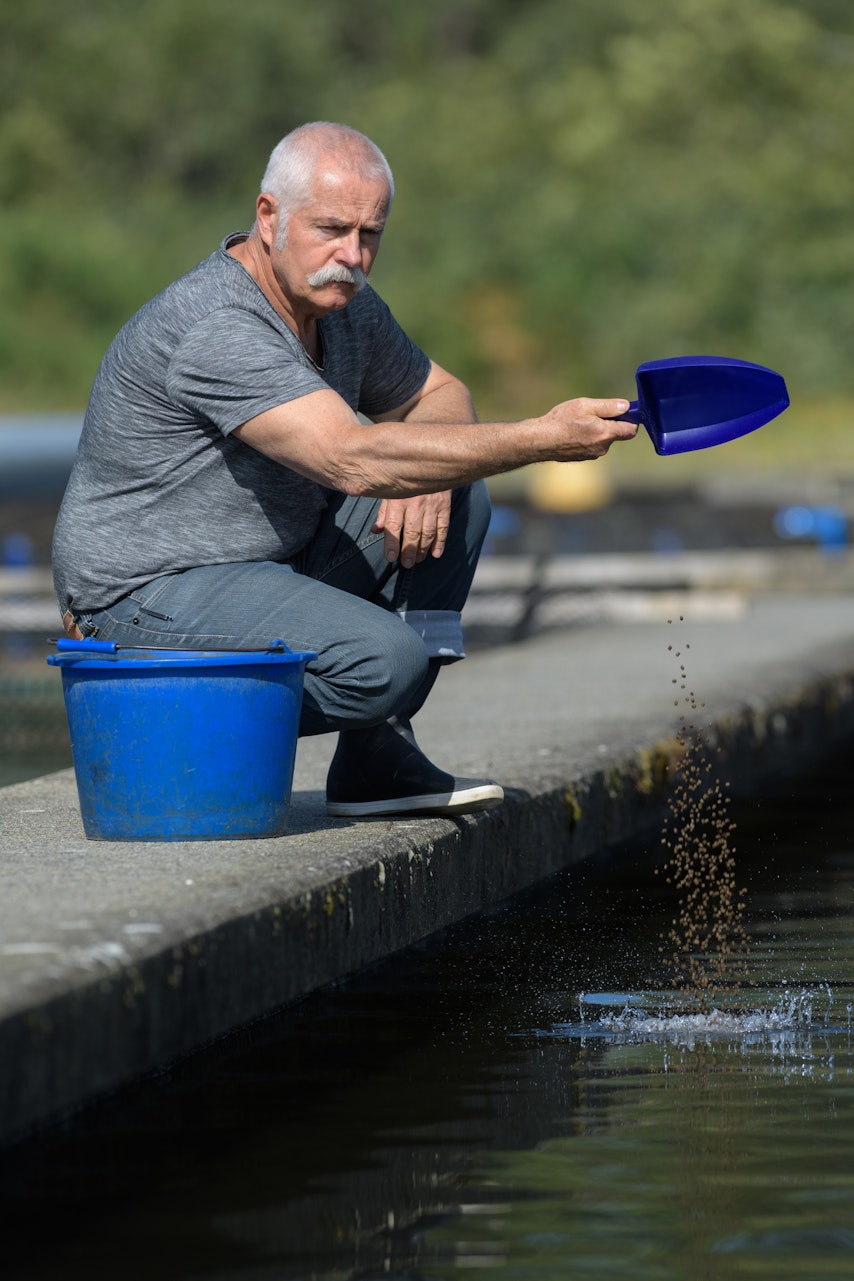
For any standards related questions, comments, or concerns you can contact the GSA Standards Coordinator dan.lee@globalseafood.org.
How are Best Aquaculture Practices (BAP) Certification standards developed?
Best Aquaculture Practices Certification standards are overseen by the Standards Oversight Committee (SOC), who review and modify the standards before they are published openly to invite comments from the public. These comments are taken into consideration by the committee, who along with the GSA board Directors must then sign off a final draft of the standards for implementation.
The SOC is made up of 1/3 conservation, 1/3 academia, and 1/3 industry BAP members, for broad stakeholder representation.
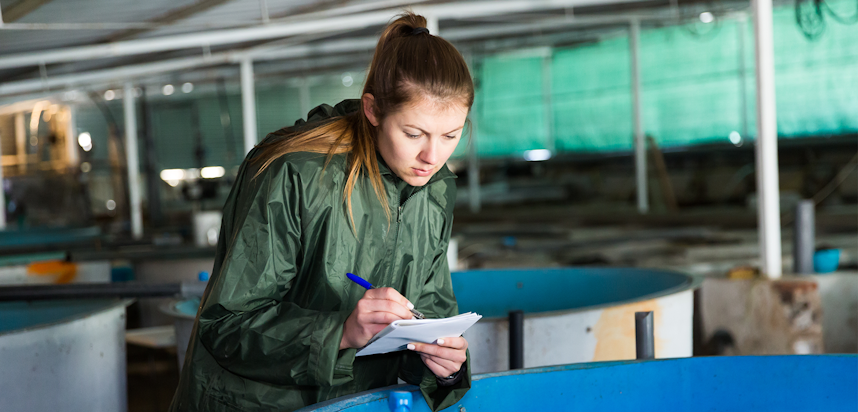
Why should businesses get Best Aquaculture Practices (BAP) Certification?
There are many benefits of getting Best Aquaculture Practices (BAP) Certification. These include:
- The knowledge of best practices being employed that encompass environmental responsibility, social accountability, food safety and animal health and welfare.
- Business working processes being benchmarked by internationally recognized third parties.
- Added appeal to the 150+ retail and foodservice companies worldwide who endorse BAP Certification.
- Access to the BAP Marketing Toolkit, which includes specific assets for producers. GSA membership status as part of your certification with access to a wealth of tools and resources from both BAP & GSA.
How do you gain Best Aquaculture Practices (BAP) Certification?
To get Best Aquaculture Practices Certification businesses will go through the following steps:
- Complete BAP Application & Submit
- Pay Audit Fee, Payment is processed in 1 - 2 days
- Schedule Audit Certification Body
- Once audit is completed Program Fee Billed Nonconformity report is issued followed by a Program Fee invoice
- Corrective action evidence due Evidence due in 28 days
- CB Technical Review
- Pay Program Fee
- Final report/certificate issued by BAP
To find out more and sign up to begin the process visit this page.
For more information about Best Aquaculture Practices (BAP) Certification visit their website.
You may also be interested in…
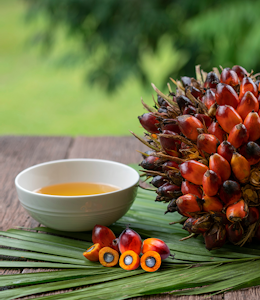

You may also be interested in…
Erudus… showcases Roundtable of Sustainable Palm Oil (RSPO) Certification
ReadYou may also be interested in…
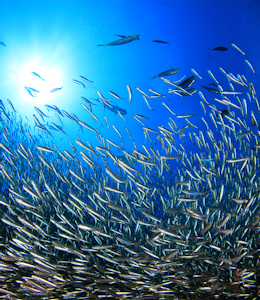
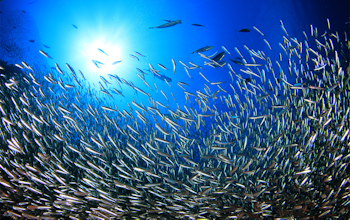
You may also be interested in…
Erudus… showcases Marine Stewardship Council Certified (MSC) Certification
ReadYou may also be interested in…
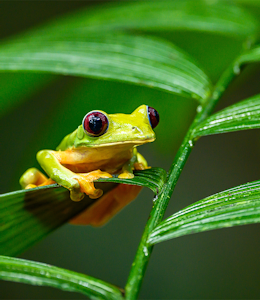
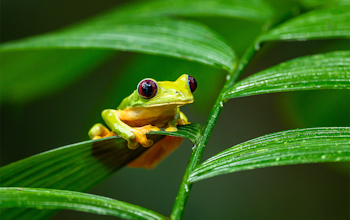
You may also be interested in…
